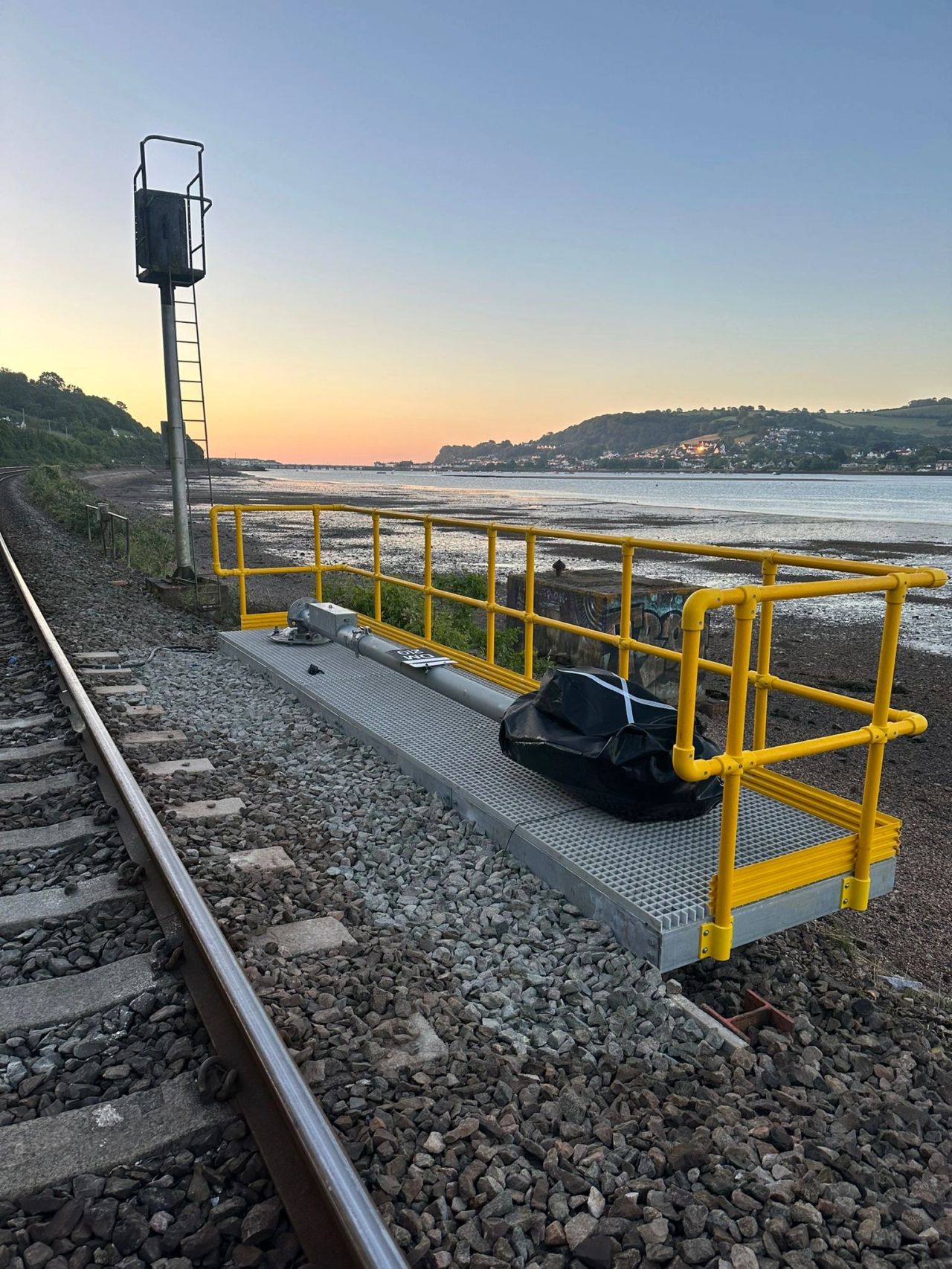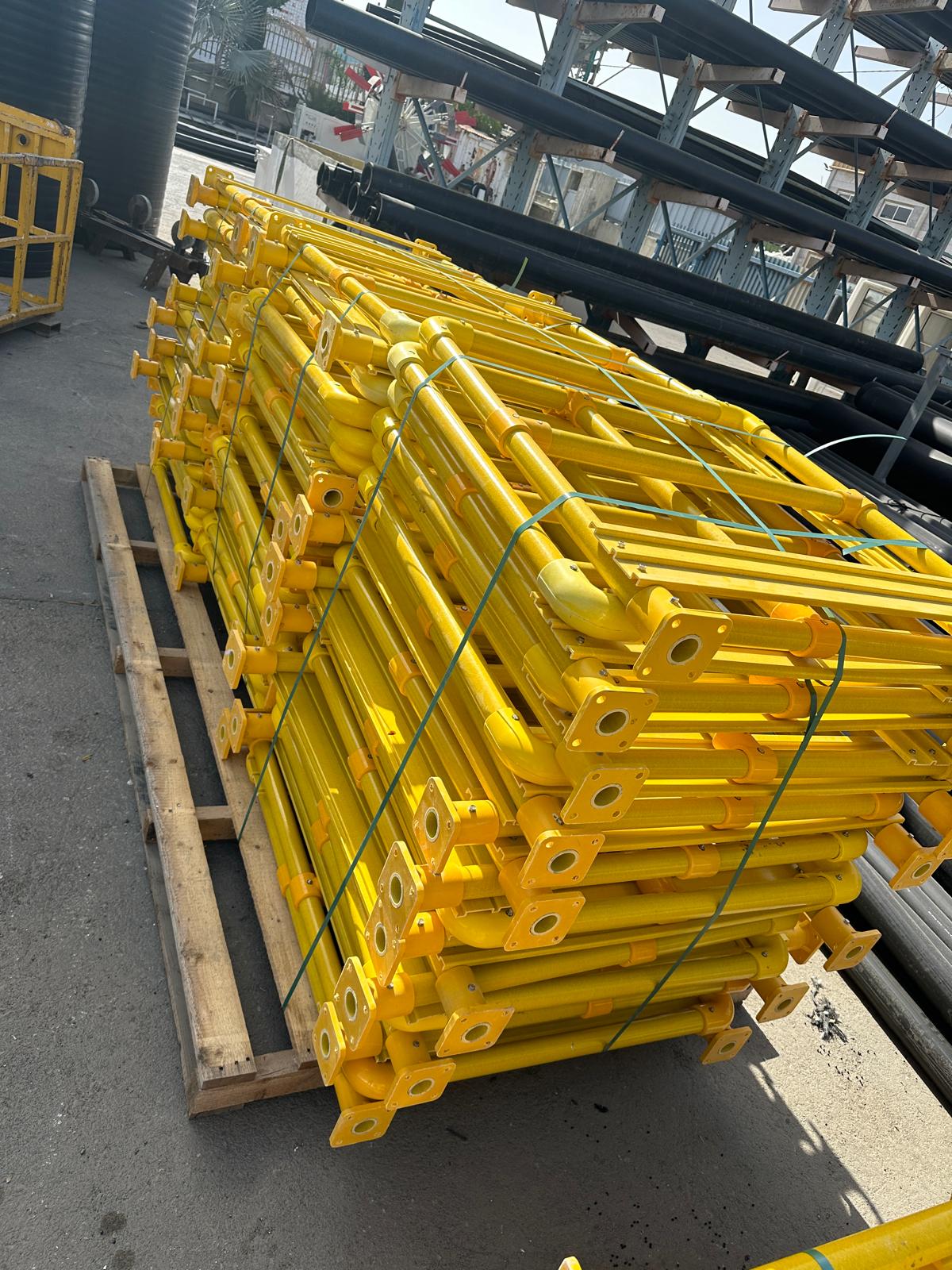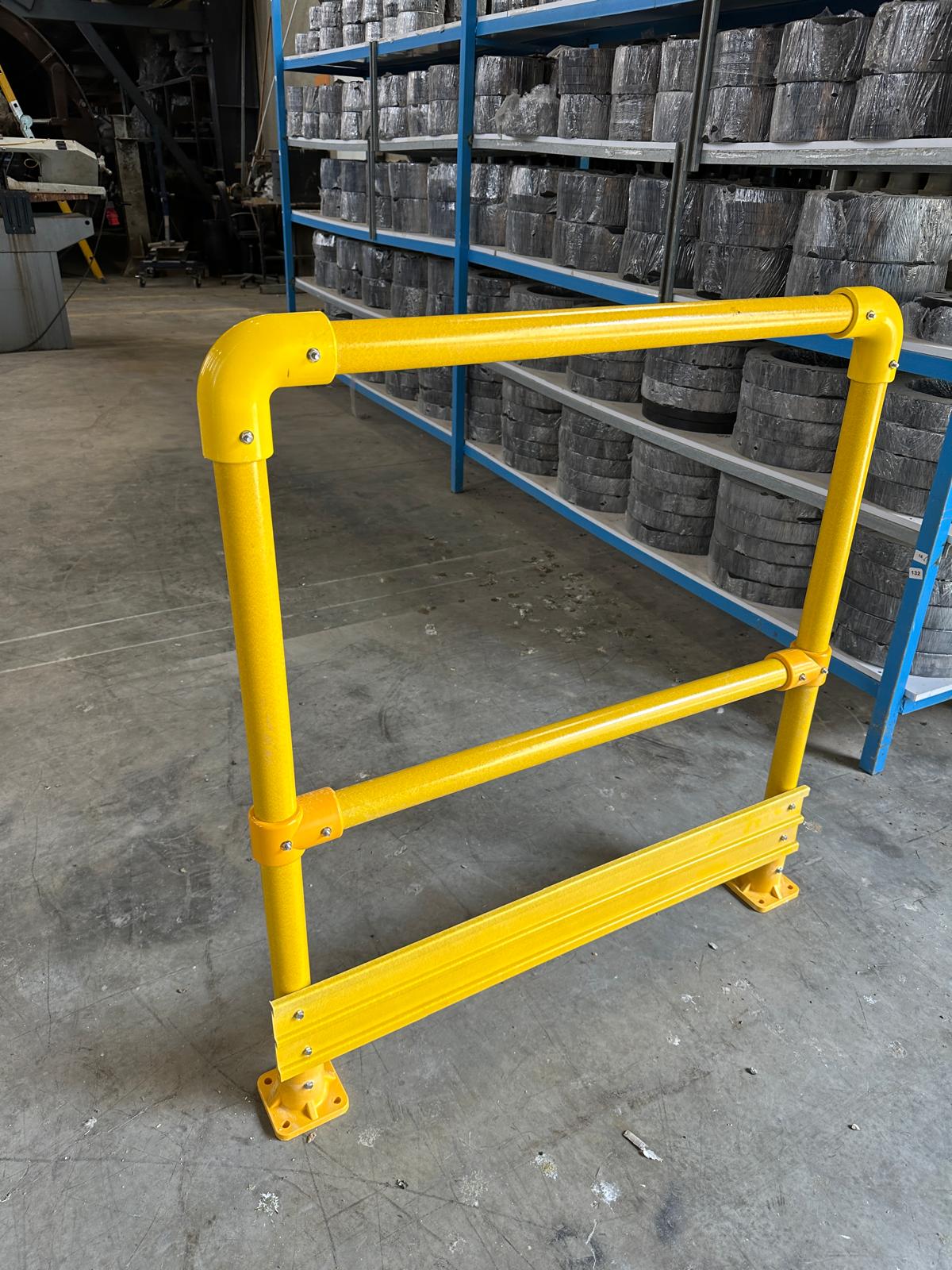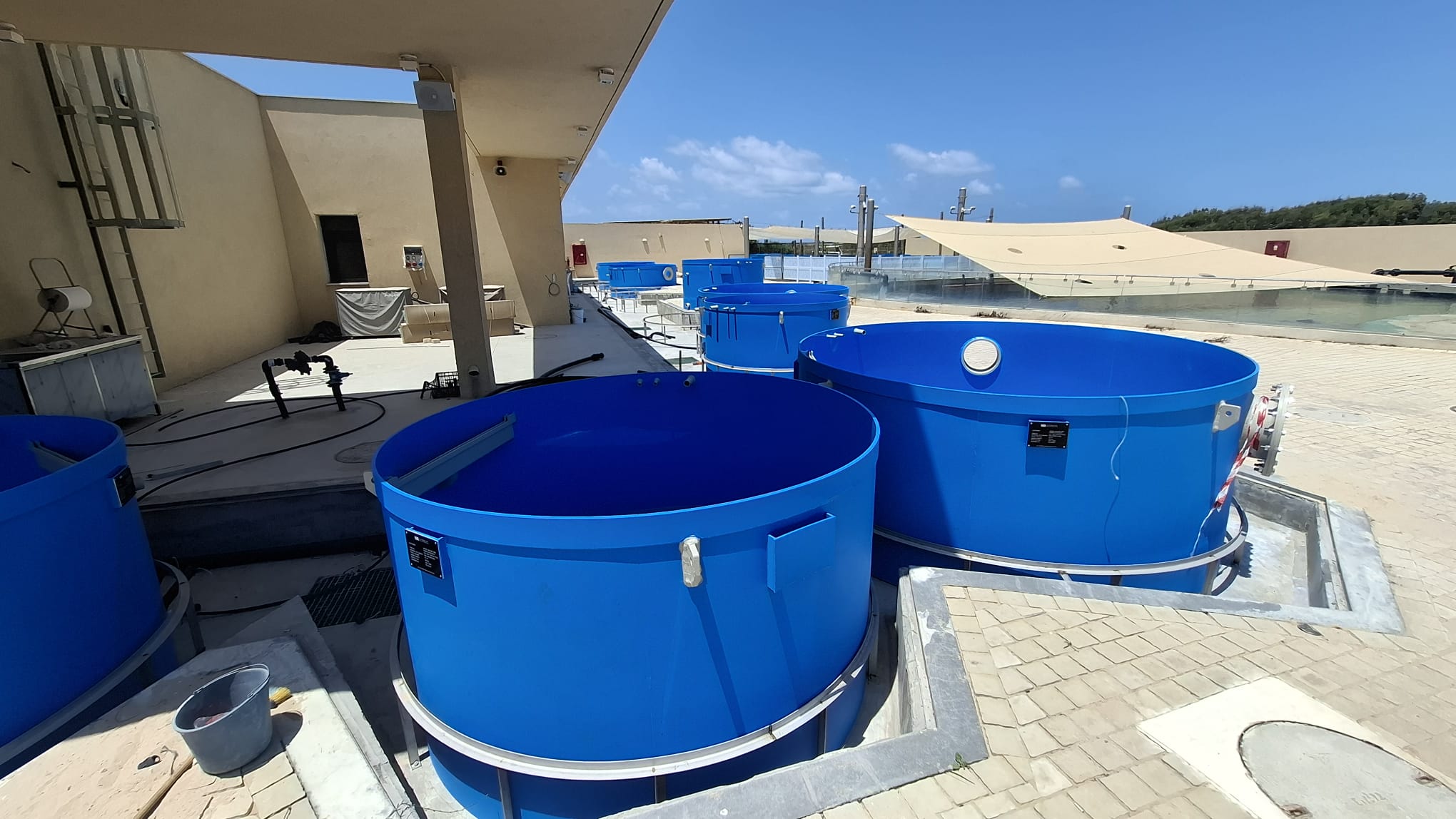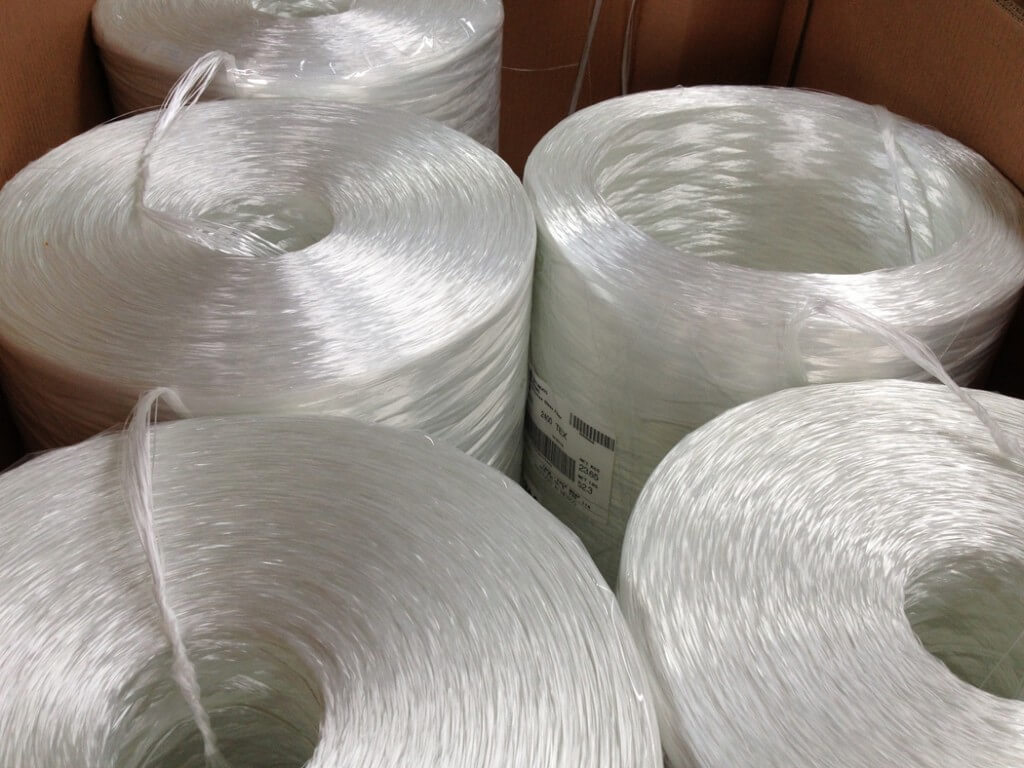Fiberglass railings are gaining popularity across various industries due to their exceptional properties and advantages over traditional materials like wood, steel, and aluminum. This article delves into the characteristics of fiberglass railings, their benefits, and their applications in different sectors.
Understanding Fiberglass Railings:
Fiberglass, also known as glass-reinforced plastic (GRP), is a composite material made from fine glass fibers woven into a resin matrix. This combination results in a lightweight yet incredibly strong material ideal for manufacturing railings.
Advantages of Fiberglass Railings:
1. Durability: Fiberglass railings are highly durable, resisting corrosion, weathering, and rotting. This makes them ideal for both indoor and outdoor installations, including coastal areas where salt air can be damaging.
2. Low Maintenance: Unlike wood, fiberglass railings do not require painting, staining, or sealing. They can be easily cleaned with soap and water, reducing upkeep costs and efforts.
3. Versatility: Fiberglass can be molded into various shapes and designs, offering flexibility in aesthetics without compromising on strength. This versatility allows for customized railing solutions to suit different architectural styles.
4. Safety: Fiberglass railings are non-conductive, making them safer in electrical environments compared to metal alternatives. They also provide a sturdy grip, enhancing safety in high-traffic areas.
5. Longevity: With proper installation and maintenance, fiberglass railings can have a longer lifespan than traditional materials, offering a sustainable choice for infrastructure projects.
Applications Across Industries:
1. Construction and Architecture: Fiberglass railings are extensively used in commercial and residential construction for balconies, staircases, and walkways. Their lightweight nature simplifies installation without compromising structural integrity.
2. Marine Industry: Due to their resistance to saltwater corrosion and UV degradation, fiberglass railings are prevalent on boats, docks, and marinas, providing a durable barrier without constant maintenance.
3. Industrial Facilities: In industrial settings, fiberglass railings are favored for their chemical resistance and fire-retardant properties, meeting stringent safety standards while enduring harsh environmental conditions.
4. Maintenance Walkways: Alongside railway tracks and maintenance areas, fiberglass railings provide safety barriers for maintenance personnel. Their durability ensures reliability in harsh outdoor environments.
Conclusion:
Fiberglass railings offer a compelling combination of durability, versatility, and low maintenance, making them a preferred choice across diverse industries. Whether enhancing safety in industrial settings, adding aesthetic value in residential constructions, or enduring marine environments, fiberglass railings continue to prove their worth as a reliable and cost-effective solution. For projects requiring robust yet aesthetically pleasing railing systems, fiberglass stands out as a sustainable and practical option in modern construction and design.
By leveraging the advantages of fiberglass railings, businesses and homeowners alike can achieve long-term performance and safety benefits, contributing to efficient and resilient infrastructure solutions.

